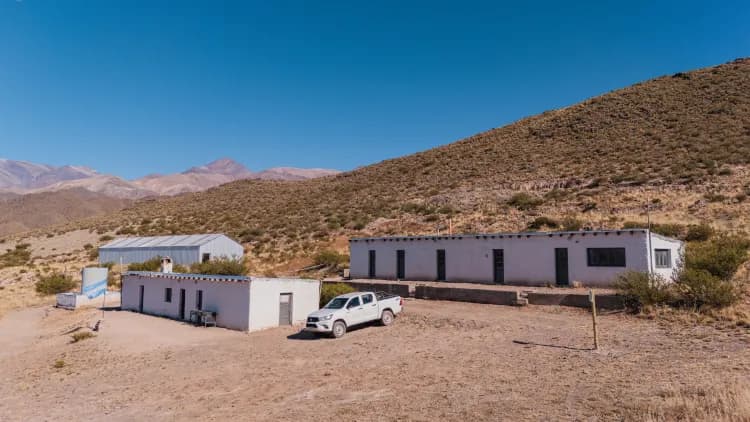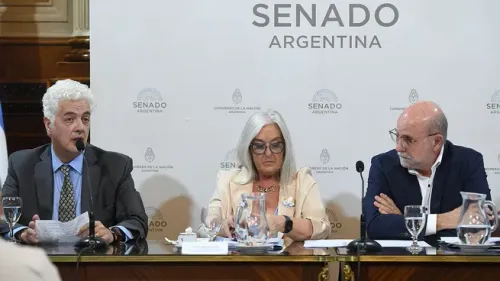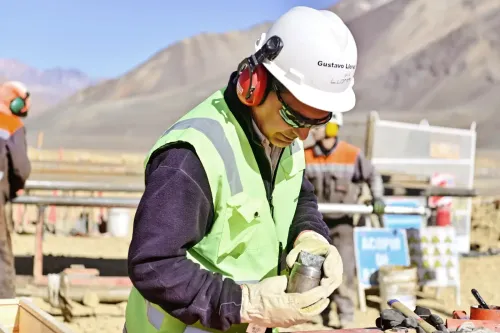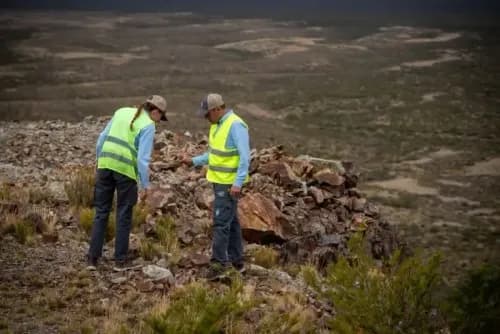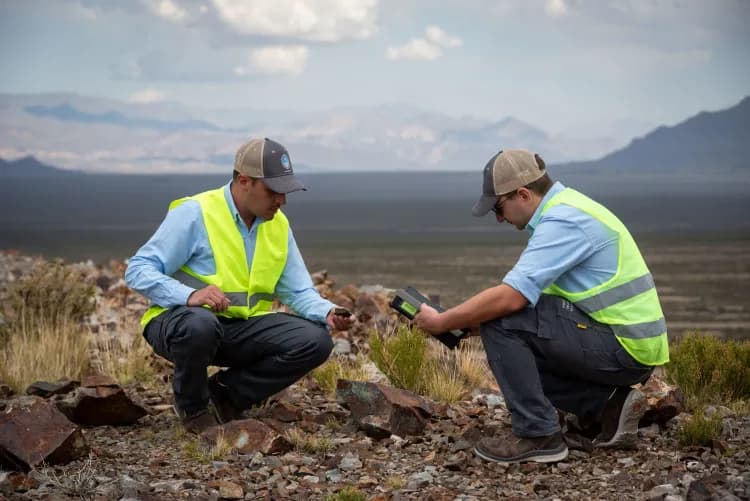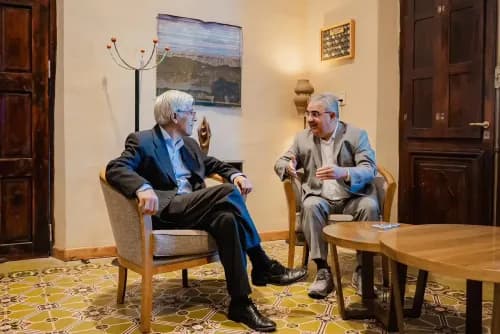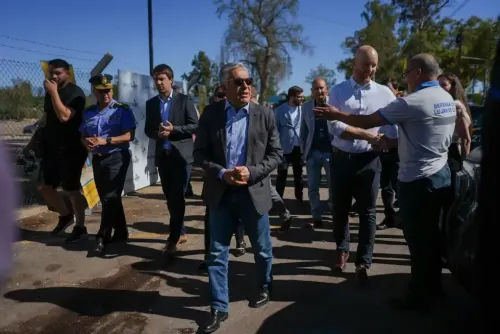A remote island in the far north, virtually uninhabited, is beginning to draw international attention — a strategic move reminiscent of Alaska in the 19th century?.
By Panorama Minero
A virtually unknown territory, a vast island located in the far north of the globe, nearly uninhabited and with an extreme weather — Greenland has long been considered little more than a geographic curiosity. Yet this giant island, situated between the Atlantic and Arctic Oceans, with a surface area of 2.175 million km² and a population of just 56,800 as of 2023, is starting to make headlines around the world.
In the late 1970s, Denmark granted autonomy to Greenland, a territory where the European country had maintained a presence for over two centuries. In 2008, a further step was taken when the Scandinavian nation transferred most of its competencies to the local government.
Strategic Location and Critical Raw Materials
Since the start of his second term, U.S. President Donald Trump expressed increasing interest in bringing Greenland into the U.S. sphere of influence through a potential purchase. This wasn’t a new idea: Trump had already shown interest in the remote island during his first term.
What does Greenland offer? A strategic location and economic relevance. In terms of geography, a stronger U.S. presence in Greenland would enhance its access to the Atlantic Ocean—complementing its existing presence in the Pacific through Alaska.
Economically, the U.S. has identified 43 of the 50 critical raw materials it deems essential as being present in Greenland: rare earth elements, nickel, niobium, graphite, and copper are just a few of the essential minerals that the world’s leading economy is eager to secure to ensure its future growth.
Perhaps most importantly, access to Greenland could help the U.S. ease its dependency on China for rare earth elements. China, the world’s most populous country, controls 70% of global rare earth production and holds 48% of known reserves. The U.S. Geological Survey (USGS) reports that Greenland has reserves of 1.5 million tons of rare earth elements—less than 2% of the global total, but still a strategically significant amount.
Extreme weather and lack of infrastructure have historically hindered the development of Greenland’s mineral resources. However, climate change is making it easier for mining companies to explore the island’s subsoil in greater detail.
Following Alaska’s Example?
In 1867, the U.S. government purchased Alaska from the Russian Empire in a move considered of little significance at the time. The US$7.2 million paid more than 150 years ago (about US$162 million today, according to The Economist) is now regarded as one of history’s most successful geopolitical moves. A potential acquisition of Greenland could follow a similar logic, though it’s important to note that any operation of this magnitude would be decided solely by Greenland itself—where more than 85% of the population is Inuit, an Indigenous people.
As Dr. Felipe de la Balze pointed out during the Argentina Gold, Silver, and Copper*International Seminar organized by PANORAMA MINERO last December, “The globalization we’ve all known is fragmenting, and the results of 40 years of free trade reveal the heavy dependence of the U.S. on China for specific sectors like medicine and military technologies. This doesn’t mean globalization is ending—but it is changing, taking on characteristics more typical of the 19th century, with spheres of influence among different countries competing with one another, as seen historically with Britain, France, Germany, the U.S., and Japan—each with its own brand of globalization and preferred trade partners.”



